
A number of visitors travel to the historic inland of Ronda but are still unaware of the fact that the place is home to stunning mountain scenery and also the Roman ruins that can be explored at Acinipo that is locally called Arunda, Ronda la Vieja or Old Ronda.
The Origins Of The City Of Acinipo
Actually, Arunda (Ronda) and Acinipo are two separate towns having a Roman origin. The city of Acinipo was created about 2000 years ago, 20 km away from Ronda, towards the south of Spain near Seville, for inhabitation of retired soldiers of the Roman legions. The ruins of Acinipo including a Roman creator is still present today and it boasts of being a great spot for visitors, particularly those having interests in history and archaeology.
Although the majority of remains that have been found on the site are of Roman origin, a range of artifacts from both the Bronze and Copper Age have also been discovered. Some remains also belong to the Phoenician period have also been found during the excavations that were made over the centuries.
There are a large number of factors that have attracted the Romans in this area. The first reason is the strategic location of the place which is 1000 Km above the sea level on a limestone ridge. These days the place attracts a number of eagles and different that the birds of prey. Another reason why Romans were attracted to this place was abundance of natural resources like fertile land, quarries, water, suitable conditions for growing food in rearing animals.
It was around first century BC when Romans had settled over this Neolithic site. During the settlement's first century, the Roman Empire, Acinipo had arrived powerfully and was an urban city. The settlement was just enough to mince its own coinage that depicted wheat and grapes.
Remains of Roman And Bronze Age That Can Be Seen Today
At the entrance to this beautiful site, one can see a hill scattered with a large number of stones blocking the view of the theater. Moving a little further, one can see perfectly preserved foundations of a large number of housings that dates to 6th – 9th centuries BC, providing a solid evidence of the bronze age of settlement. You can also site the exquisite Roman baths that showcases the well-conserved pools having facility to have warm, hot and cold water. Remains of square and circular defense towers are also visible towards the eastern slopes
The Acinipo's Decline
Though the Acinipo settlement had flourished during the first years of the beginning of the Empire, the scenario started to change after the third century A.D. and from there on the empire started to loose its dominancy. This made Acinipo occupation end by the 6th century A.D. passing on power to the nearby town of Ronda.



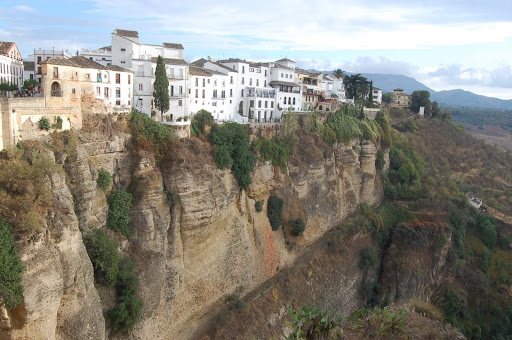

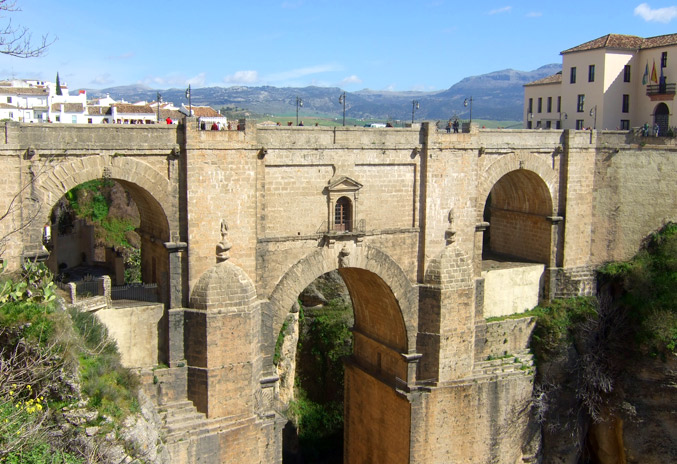
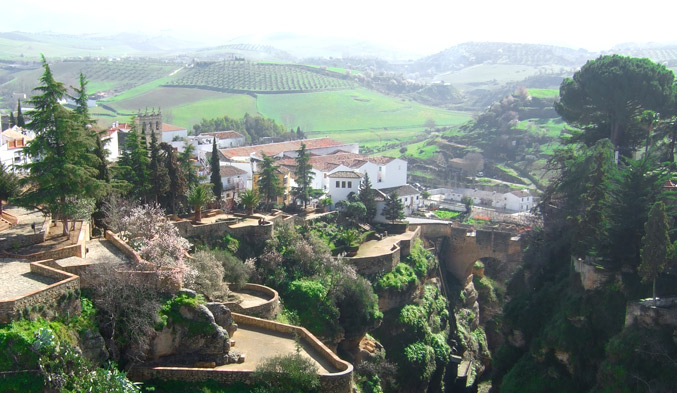
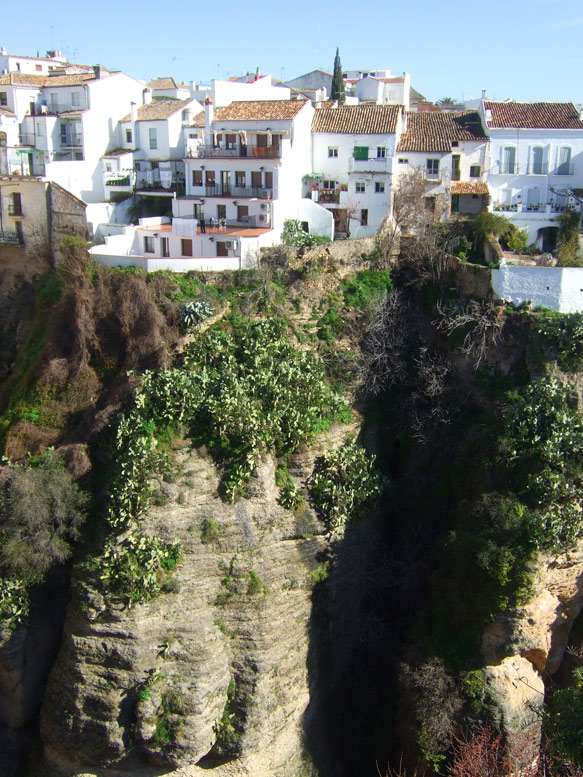
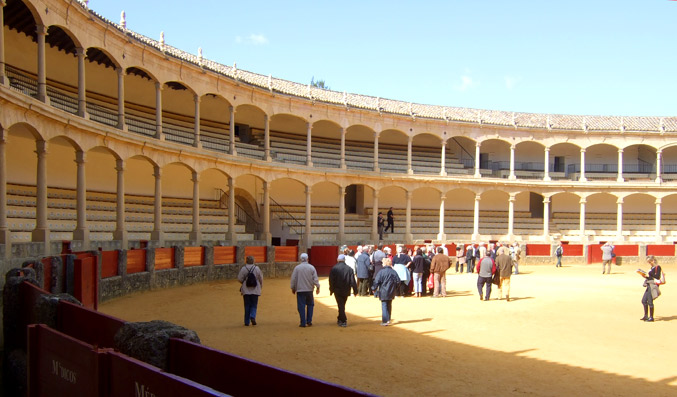

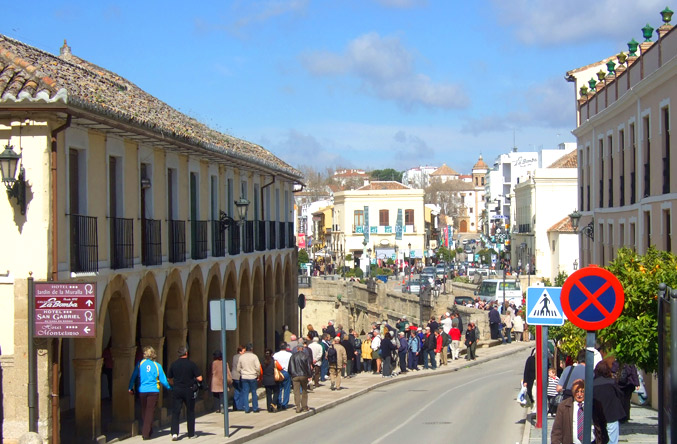
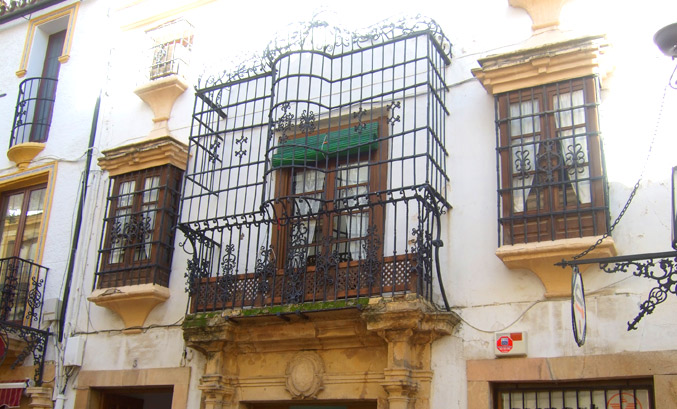
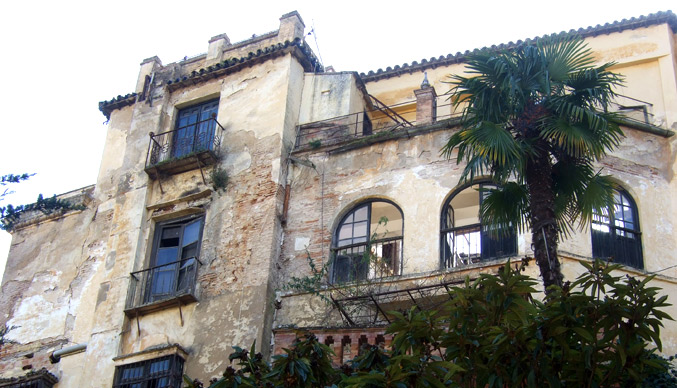
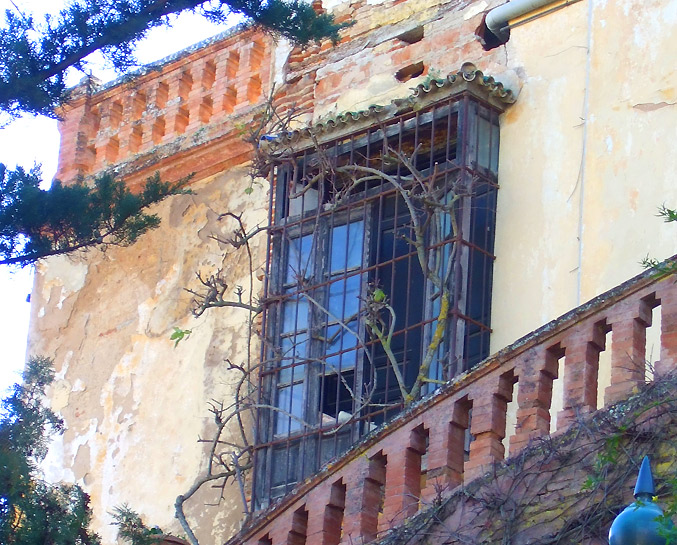
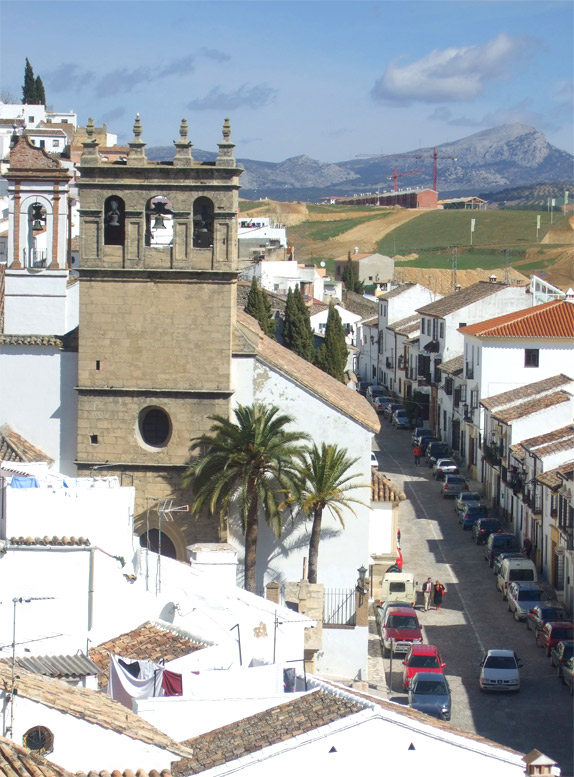



Under Creative Commons License: Attribution No Derivatives






0 comments:
Post a Comment